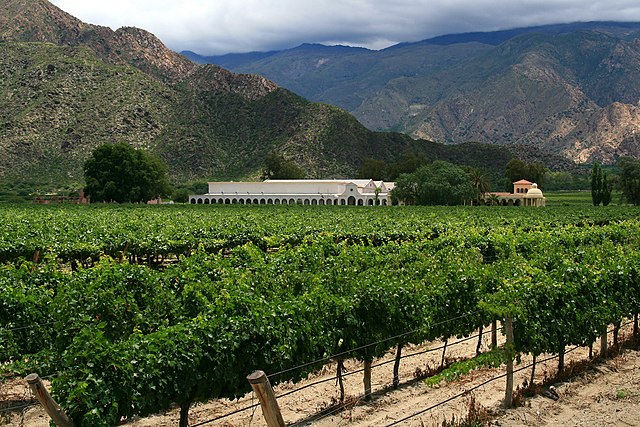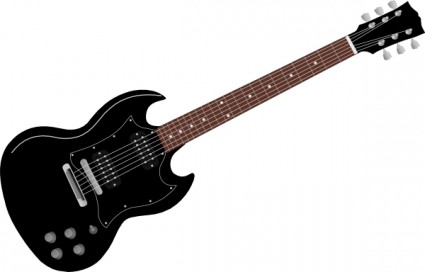
The 20th Century saw the rise of quality wine production beyond Europe. While South Africa was an early innovator, a series of blights in the last half of the 19th century retarded development in that region. Cuttings from South America had been transported to the British Australias prior to that calamity, and British Australia would go on to become the premiere wine producer in the British Empire (though South Africa would gradually emerge as a secondary region after the Population War). Another early site of wine production outside of Europe, and one considered by many experts to now be the best in the world, was Britain's ally the United Provinces of South America. The UPSA would become especially known for their Malbecs. The late bloomer on the world wine stage was the United States of America. Classic wines of all sorts would be produced in large quantities and ever increasing quality in the Pacific West states of California, Oregon, and MacKenzie. New York would be well known for its white wines of the Finger Lakes region, a popular day trip for those who lived and worked in nearby Washington, DC on the Hudson. Ice Wines came to be produced in abundance in Huron, Ontario, New York, and to a lesser degree Quebec and Nova Scotia. By the mid 20th Century wine enthusiasts had a world of choices to enjoy.


